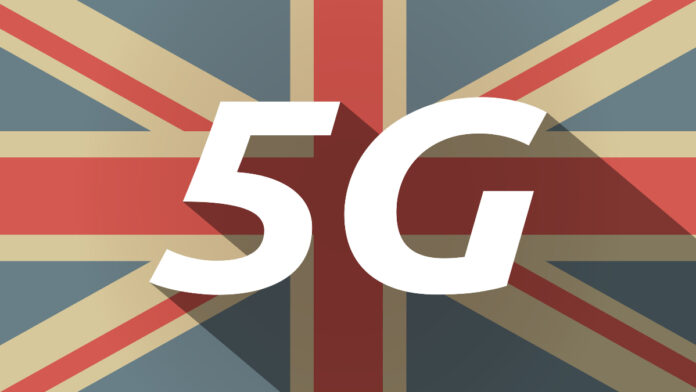Ofcom noted its latest ‘Mobile Matters’ report tracks growing 5G adoption and performance gaps among U.K. carriers
In sum – what to know:
5G growth accelerates – 5G now accounts for 28% of UK connections, with urban areas still ahead of rural zones.
5G SA brings speed—but slightly less reliability – SA delivers faster downloads and lower latency, but with a slightly lower success rate.
Operator performance varies – EE leads in 5G adoption, Three in speed and latency, while O2 trails in performance metrics.
5G technology currently accounts for 28% of all mobile connections in the U.K., according to a recent report by the country’s telecommunications regulator Ofcom.
This figure represents an increase of 9 percentage points year-on-year. The report also noted that 4G connections dropped to 71% of total connections, down 7 percentage points year-on-year. Only 0.7% of connections used 3G and 0.2% used 2G, Ofcom said, adding that the urban-rural gap remains, with 29% of connections in cities using 5G, compared to 19% in rural areas.
Ofcom’s latest ‘Mobile Matters’ report tracks growing 5G adoption and performance gaps among U.K. carriers. The newly published report is based on crowdsourced data gathered by Opensignal between October 2024 and March 2025.
A key development in the U.K. is the ongoing deployment of 5G Standalone (SA), which runs on a dedicated 5G core network. Currently, 2% of all connections use 5G SA technology, according to the Ofcom report.
Local carrier Vodafone led the way with its 5G SA launch in 2023, followed by O2 and EE in 2024. Three has yet to roll out 5G SA technology. According to the report, 5G SA offers approximately 45% faster download times compared to traditional 5G technology, along with lower latency.
Among the UK’s mobile operators, EE had the largest share of 5G connections (32%), while Vodafone had the lowest (24%) but led in 4G share (76%). O2 showed the highest proportion of 3G usage (3%) and the lowest on 4G (68%).
The Ofcom report also stated that Three had the shortest download times for files over 5G, followed by Vodafone. While EE was fastest over 4G. O2 had the lowest proportion of connections with a 100 Mbits or higher download speed over both 5G (33%) and 4G (4%).
Three had the lowest latency level over 5G, while EE’s was the lowest over 4G. O2’s average response times were slightly higher than the other networks on both 5G and 4G networks, although they were still sufficient to give a good user experience for even the most demanding online activities, according to the Ofcom report.
Enhanced mobile connectivity could unlock as much as £230 billion ($309 billion) in economic value for the U.K. by 2035, according to a recent study commissioned by BT Group.
The report, developed in collaboration with Assembly Research, emphasizes the role of high-capacity, resilient mobile networks — particularly Standalone 5G (5G SA) — in driving industrial innovation and national productivity.
Titled “Driving growth: The £230bn opportunity of improved mobile networks,” the report recommends policy action to accelerate mobile network rollouts in the country. Some of the key proposals outlined in the study include planning reform and broader spectrum availability to facilitate the deployment of more advanced mobile infrastructure.
BT estimates that industrial use of technologies such as artificial intelligence (AI) and machine learning (ML), enabled by 5G SA, could generate more than £88 billion in economic value alone. The BT report also identifies specific benefits in sectors, including:
-Transport: Expanding mobile connectivity on railways could generate £12 billion in productivity gains, while universal road coverage may support a £45 billion economic boost by enabling autonomous vehicle technologies.
-Rural areas: The report noted that upgrades to 4G and 5G SA in rural regions could inject £3 billion into local economies.
-Urban zones: Enhanced 5G SA coverage could add £26 billion through greater drone use and a further £9.5 billion in the digital media and advertising sectors.

